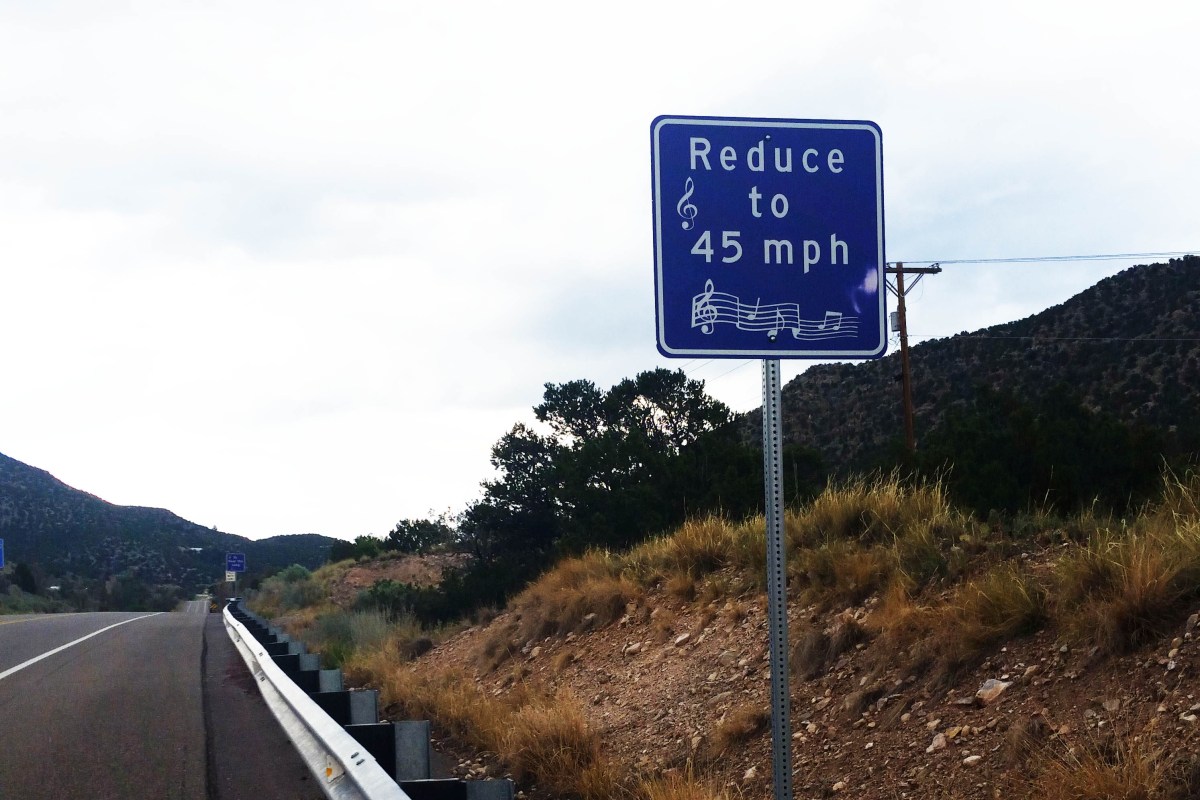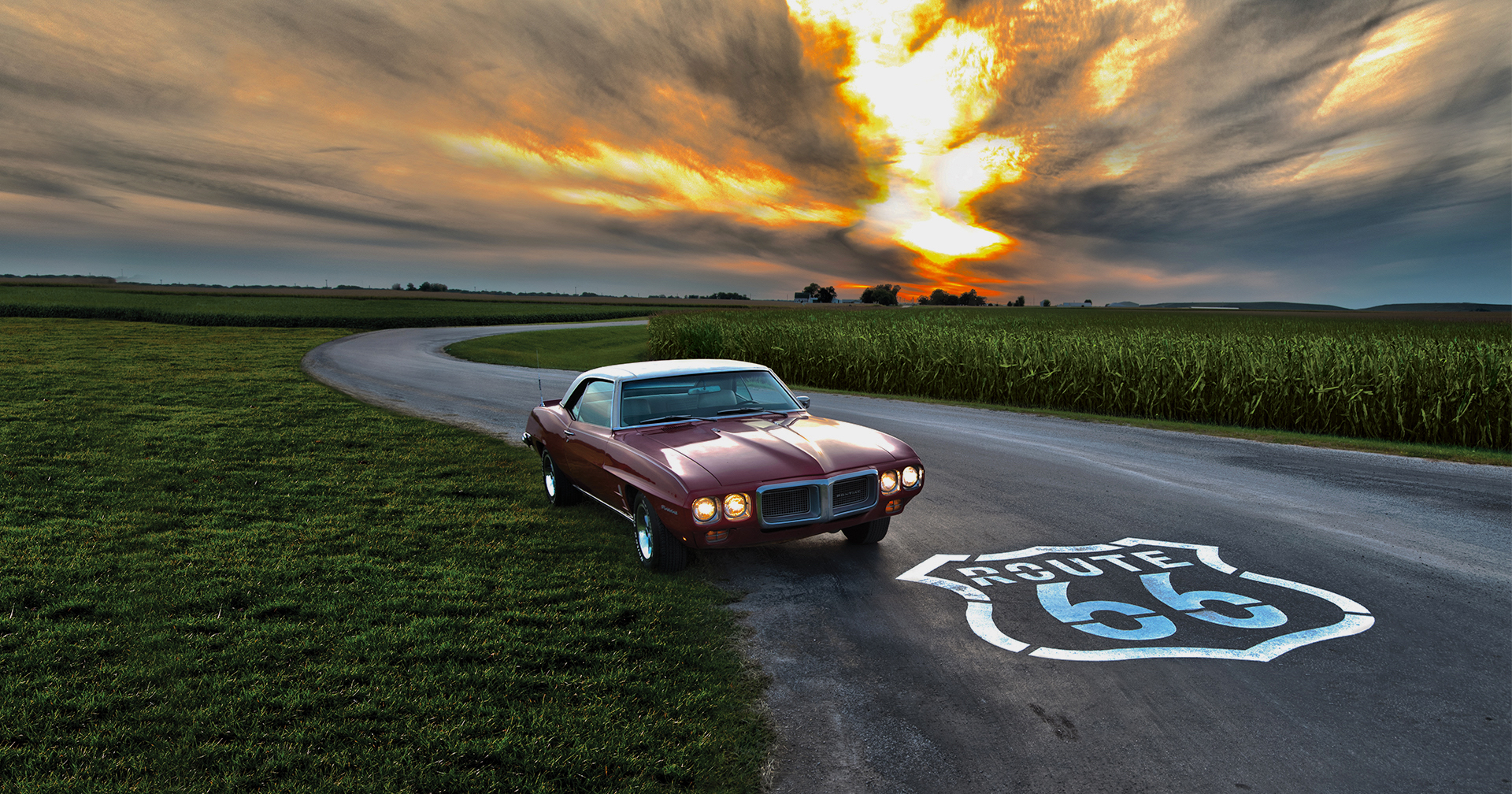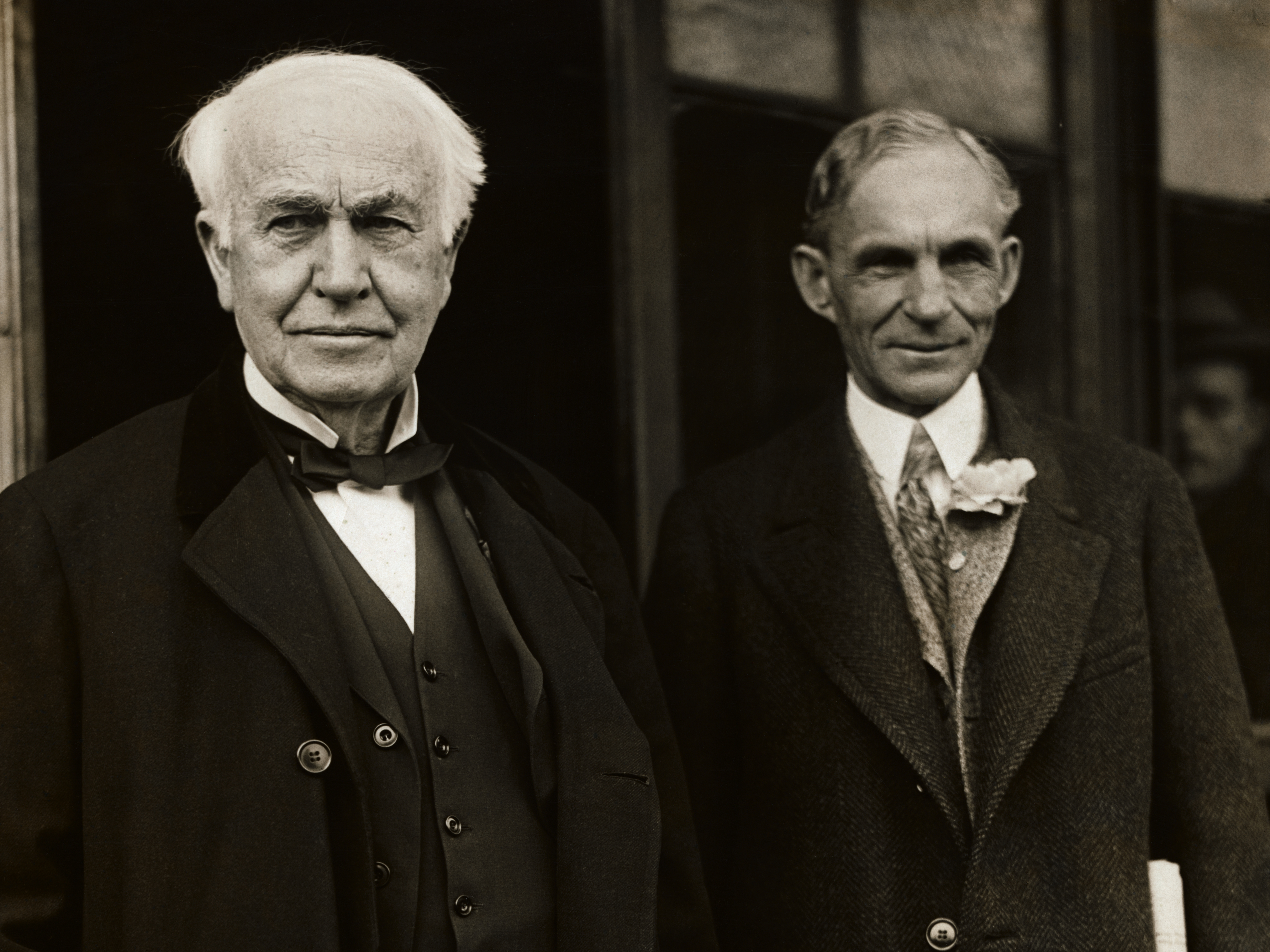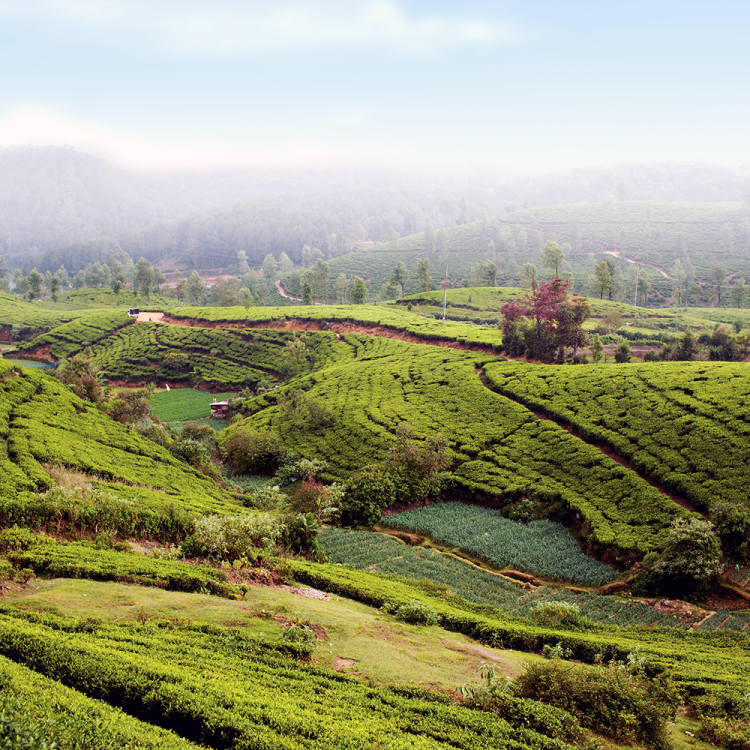No, you’re not imagining it: the subtle whirr of the pavement under your tires actually is rising and falling in pitch, weaving together a melody far less abrasive than the monotone of a highway rumble strip.
Or at least that’s the case when you’re riding down a “musical road,” one of dozens scattered around corners of the globe as disparate as Iran, California, Denmark and Japan. These tuneful trails on the map take advantage of the acoustical properties of the automobile and the playful mathematics of infrastructure engineers, but they also highlight the basic human desire to transform the mundane into the transcendent.
Songs in the Key of Asphalt
The tech behind making a road sing is deceptively simple. While most highway pros do their best to deaden the rumble generated by a car or truck as it rolls from point A to point B, this unique form of musique concrète relies on these vibrations — specifically, those thrown off by the wheel as it bumps along uneven pavement.
To wit:
Tuning those vibes to represent a cohesive, repeatable series of tones is the task given to grooves carved into the road surface itself. By varying the distance between each of these strips (the closer together they are, the higher pitch the vibrations, while wider spacing drops the pitch), order can be culled from chaos. A road can also be made to belt out a melody by way of raised — rather than cut — pavement, but the effect is considerably more jarring to vehicle occupants bumping their way through verse-chorus-verse (although the very first musical road, located in Gylling, Denmark, was created in this fashion).
There are caveats, of course. Maintaining the desired tonality — aka keeping the road in tune — requires that engineers etch each groove so that it’s sampled at a specific speed, in the same way that a record spinning on the discus must adhere to 33 1/3, 45, or 78 rpm limits. Drivers also need to hit the grooves head-on to get the full volume effect and not miss out on any grace notes that might have eroded over time at the edges of the highway symphony. It’s also helpful, and counterintuitive, to roll up the windows to best “listen” to the song being played, as most of it is transmitted through the chassis of the vehicle, rather than the air surrounding it.
Orchestrating the construction techniques required for these musical roads requires precision, too, as even the smallest mistakes can become exaggerated when repeatedly run over at by the tires of a vehicle moving at a high rate of speed. Famously, America’s original musical road in Lancaster, California (built by Honda to promote the Honda Civic in 2008), suffered from unintelligibility when crews neglected to properly parse the width of the grooves themselves in addition to their spacing from each other. The effect was so jarring that local residents convinced the town to move the road farther from their homes, where it was promptly rebuilt using the same flawed methods.
Whimsy and Safety
What type of music has been immortalized in the concrete of the world’s musical roads? The choices range from classical (“The William Tell Overture” in Lancaster), to childhood favorites (“Mary Had a Little Lamb” in South Korea, “Happy Birthday to You” in Indonesia), to nationalistic (“America the Beautiful” in New Mexico, the Friesland provincial anthem in the Netherlands, “Ode To The Motherland” in Beijing), to culturally specific (“Road 67” in Hungary, “Shiretoko Love Song” in Japan).
At first blush, the idea of a musical road might seem like the greatest of whimsies, but separating out the projects with a purely promotional or touristic bend reveals a practical dimension to their tonality. By introducing signage that explains to motorists that a certain velocity is required to properly “play” the highway in question, these tuneful interludes also serve as a stealth enforcement policy for local speed limits.
This is case in New Mexico, where the tune isn’t just patriotic but also part of a strategy to reduce accidents on a stretch of historic Route 66 that was often the site of hot rod antics. Similarly, South Korean musical roads are intended to keep motorists alert in areas where fatigue has claimed the lives of too many.
Strangely, Japan — a country with a strong musical road strategy designed to attract tourists — only “discovered” the technology by accident in 2007, when a highway engineer named Shizuo Shinoda realized the accidental grooves he’d carved into the pavement with a bulldozer formed a coherent melody.
A Moment in Time
Singing roads might suffer from varying degrees of tunefulness, but it’s safe to say that even on the worst day a flat rendition of “The William Tell Overture” is preferable to the booming Velcro-tear of a traditional rumble strip.
Etching art into a surface as impersonal and anonymous as well-traveled asphalt is ultimately a graceful act, and it’s one of the few instances where the environment itself plays a direct role in the interpretation of a piece of music. As the wind, sun and friction of a million miles traveled grind down the original tune laid into the asphalt, the inexorable forces of erosion will eventually render these installations as ephemeral as the notes themselves vibrating through the sealed steel cabins cruising modern motorways. Earlier this year, in fact, the section of Route 66 in New Mexico that played “America the Beautiful” ground to a halt, with no current plans for restoration.
This article was featured in the InsideHook newsletter. Sign up now.























